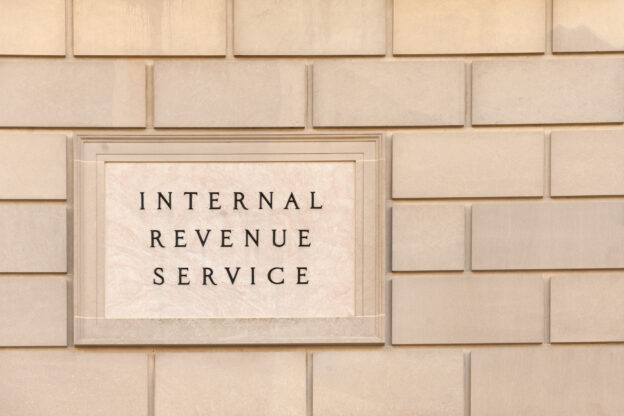by Bret Busacker and Bret Clark (formerly of Holland & Hart)
Group health plans provided by employers to employees are subject to 40 years of federal regulation from ERISA, to COBRA, to HIPAA, to ACA. What many employers don’t realize is that the definition of group health plan is not limited to traditional major medical plans. These federal laws generally apply to any arrangement sponsored by an employer that directly or indirectly provides health-related benefits to employees.
In an effort to control health insurance costs, we have observed employers looking at unique ways to provide their employees with medical benefits outside of the standard group health plan structure. However, employers should be aware that virtually any arrangement that provides employees with medical benefits is subject to the often burdensome federal laws that regulate employer provided medical benefits.
Employers may be surprised to know that the arrangements described below are generally subject to a variety of restrictive federal benefits laws.
Account-Based Arrangements
Some employers (including many small businesses) would like to assist employees in purchasing health insurance but because of cost, risk and other factors cannot sponsor a traditional major medical plan. In the past, some of these employers provided employees an allowance that employees could use to purchase individual health insurance (in some cases, on a pre-tax basis). These types of arrangements are especially attractive now that the healthcare exchanges under the ACA have been established (where employees can sometimes get subsidized health insurance).
However, the ACA prohibits an employer from establishing an arrangement through which employees may purchase health insurance on an ACA exchange. Even employer-sponsored arrangements that help employees purchase non-exchange individual health insurance policies may run afoul of federal benefits laws. Employers may increase an employee’s taxable wages to help the employee purchase health insurance, but if the increase is conditioned on the employee purchasing health insurance, the arrangement may become subject to federal benefits laws.
Employers may continue to use traditional account-based arrangements to supplement employer-provided health insurance, such a Health Flexible Spending Account, Health Reimbursement Arrangement, or Health Savings Account. However, employers should examine closely any arrangement that permits (or requires) employees to purchase individual health insurance.
Discount Arrangements
We have also encountered employers that provide discounts to employees for medical services. These programs generally involve employers that are healthcare providers. They generally provide employee discounts or allowances that may be used for in-house healthcare services. These programs can also involve discounts negotiated between an employer and a third-party healthcare provider.
Because these employer-sponsored arrangements provide health-related benefits to employees, they are generally group health plans subject to federal regulation, including the ACA. To the extent such a program is offered to employees who are not concurrently enrolled in the employer’s group health plan, the programs must separately satisfy ERISA, COBRA, HIPAA and the ACA.
It some cases, these programs violate the ACA because they do not satisfy the ACA prohibition on annual and life-time limits, among other requirements. In other cases, it may be possible to structure these arrangements to comply with the ACA, but employers should be aware that the notice, disclosure and plan document requirements generally applicable to group health plans also apply to these arrangements.
Skinny Plans
Under the ACA, certain large employers must offer health coverage to their full-time employees or pay a penalty. The coverage must pay 60% or more of a participant’s healthcare expenses, determined on an actuarial basis (referred to as “minimum value”).
Employers and service providers have closely analyzed plan structures to determine how to minimize the cost of a plan and still provide minimum value. Service providers discovered that a plan may be structured to exclude in-patient hospitalization and/or physician services and still satisfy the minimum value requirement. Such plans are known as Skinny Plans.
Many employers found that excluding in-patient hospitalization and/or physician services significantly reduced the cost of coverage, and took significant steps to implement Skinny Plans for 2015. However, once the IRS became aware of this practice, it moved very quickly to prohibit it, and left many employers that were planning on offering Skinny Plans scrambling to find alternative coverage.
Skinny Plans are clearly group health plans and are designed to satisfy applicable federal regulations. However, they highlight the risk an employer takes on in exploring non-traditional coverage in this highly regulated area.
Conclusion
Employers and service providers have become creative in structuring benefit plans in order to minimize costs. In some cases, employers inadvertently provide benefits that do not fully comply with applicable requirements. In other cases, employers push the boundaries of current guidance and risk the IRS invalidating the arrangement with subsequent guidance. In either case, the employer may face significant penalties for noncompliance with applicable law. Accordingly, employers should ensure that their non-traditional health benefit arrangements fully comply with applicable federal requirements.
Bret Busacker and Bret Clark are attorneys in Holland & Hart’s Boise office, where they provide legal services to the firm’s employee-benefits and executive-compensation clients. Bret Busacker can be reached at bfbusacker@hollandhart.com; Bret Clark can be reached at sbclark@hollandhart.com









